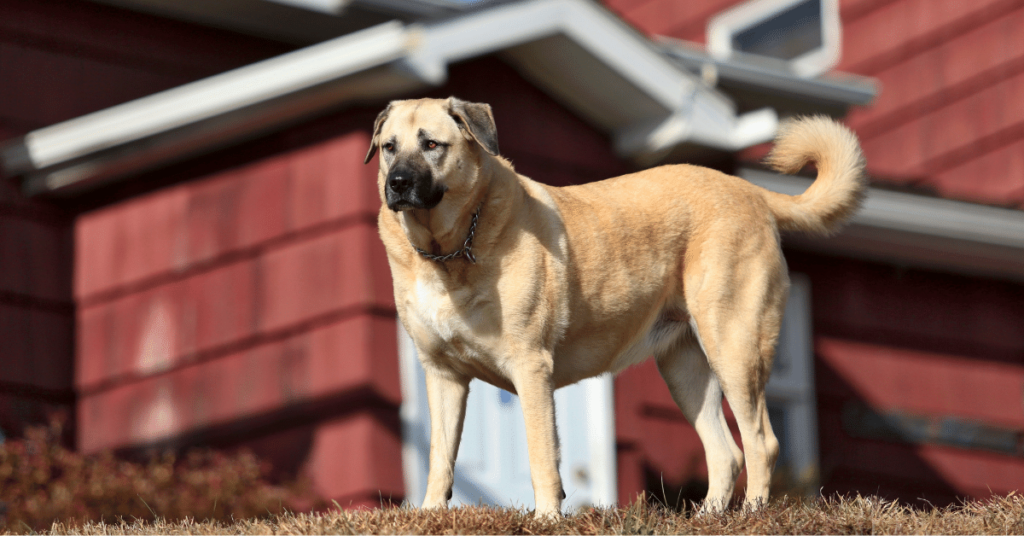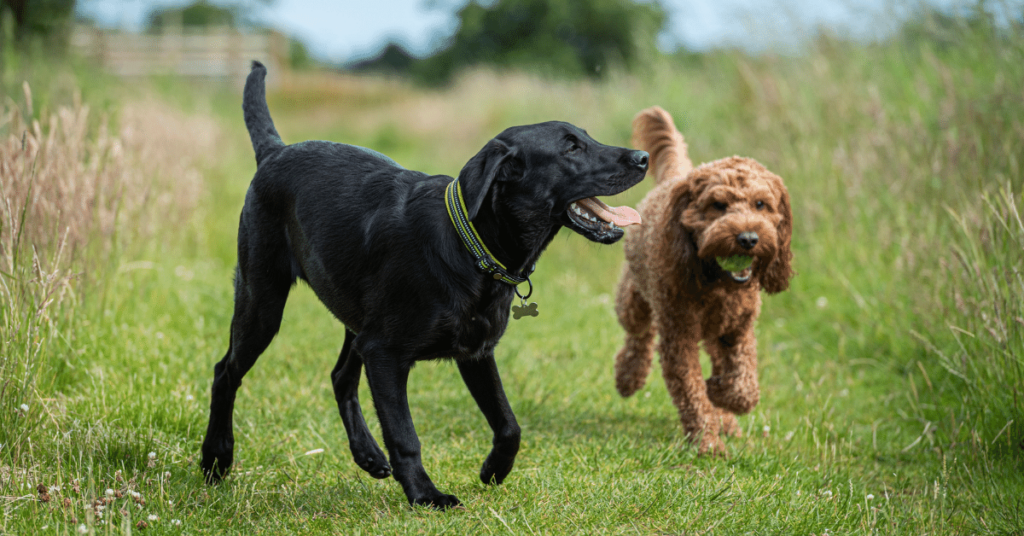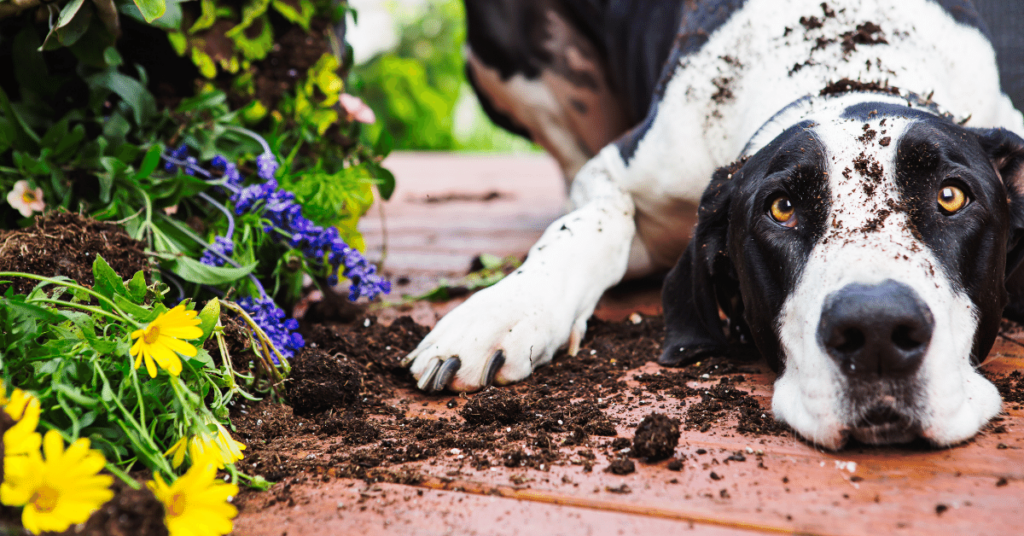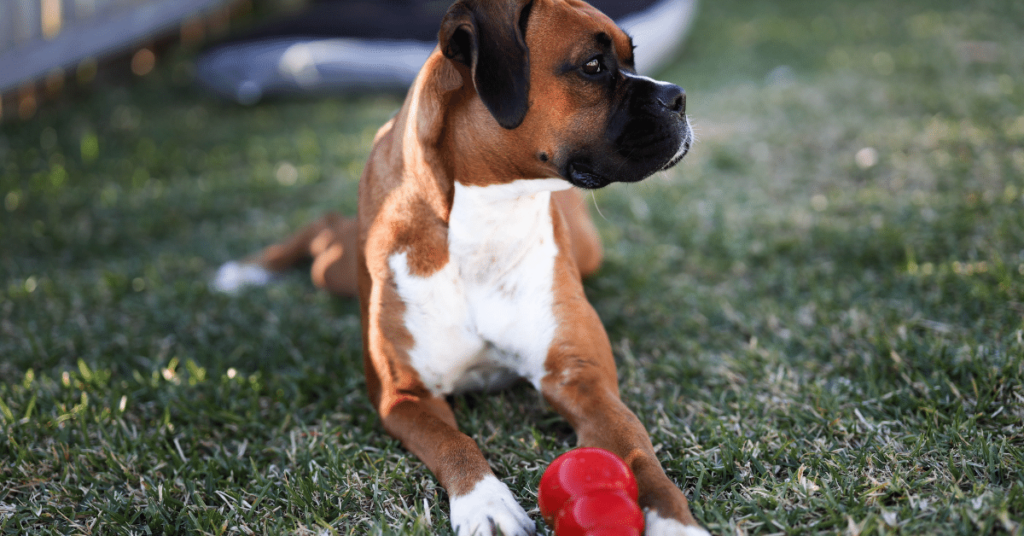Recognizing Resource Guarding Behavior
Resource guarding is a common behavior problem in dogs that can cause tension and conflicts within a household. It occurs when a dog becomes possessive over certain items or spaces and becomes defensive or aggressive when someone approaches. Recognizing resource guarding behavior is the first step towards resolving it. Look out for the following signs:
1. Growling or Snapping
Dogs may growl or snap when someone approaches them while they are near their prized possessions. This is a clear indication of resource guarding behavior.
2. Stiff Body Language
Pay attention to your dog’s body language. If your dog tenses up, stiffens their body, or holds their tail high when someone comes near their belongings, it could be a sign of resource guarding.
3. Lunging or Biting
In extreme cases, dogs may lunge or bite when their resource guarding behavior is triggered. This aggressive response is a clear warning sign that should not be ignored.
Understand the Triggers
Understanding what triggers your dog’s resource guarding behavior is crucial to effectively manage it. Here are some common triggers to watch out for:
1. Food
Food is a common trigger for resource guarding behavior. Some dogs may become protective of their food bowl, bones, or treats.
2. Toys
Certain dogs may guard their toys or playthings from anyone who tries to take them away.
3. Territory
Dogs can also exhibit resource guarding behavior when they feel their personal space is being invaded. This can include their bed, crate, or a specific area in the house.
Strategies for Managing Resource Guarding Behavior
Managing resource guarding behavior requires a combination of training techniques, patience, and understanding. Here are some strategies to help create a harmonious home:
1. Consult with a Professional Trainer
If your dog’s resource guarding behavior is severe or you’re unsure how to handle it, seek guidance from a professional dog trainer. They can provide you with specific techniques and a personalized training plan.
2. Avoid Punishment
Punishing your dog for resource guarding behavior can make the problem worse and damage the trust between you and your pet. Instead, focus on positive reinforcement to encourage desirable behavior.
3. Gradual Desensitization
Gradual desensitization involves slowly exposing your dog to situations that trigger their resource guarding behavior in a controlled and positive manner. For example, if your dog guards their food bowl, start by standing nearby while they eat and gradually decrease the distance over time.
4. Teach “Trade” or “Drop It” Commands
Teaching your dog commands like “trade” or “drop it” can help redirect their focus from guarding their possessions to voluntarily exchanging them for something of higher value, such as a delicious treat or a favorite toy.
5. Increase Environmental Enrichment
Providing your dog with mental and physical stimulation can reduce resource guarding behavior. Offer interactive toys, puzzle games, and regular exercise to keep your dog engaged and content.
6. Practice Consistency
Consistency is key when addressing resource guarding behavior. Ensure that everyone in the household follows the same training techniques and rules to avoid confusion for your dog.
Summary
Managing resource guarding behavior in dogs is possible with the right strategies and a consistent approach. Recognize the signs, understand the triggers, and implement positive reinforcement training techniques. Remember, patience and professional guidance can make a significant difference. With time and effort, you can create a harmonious home for both you and your furry friend.







